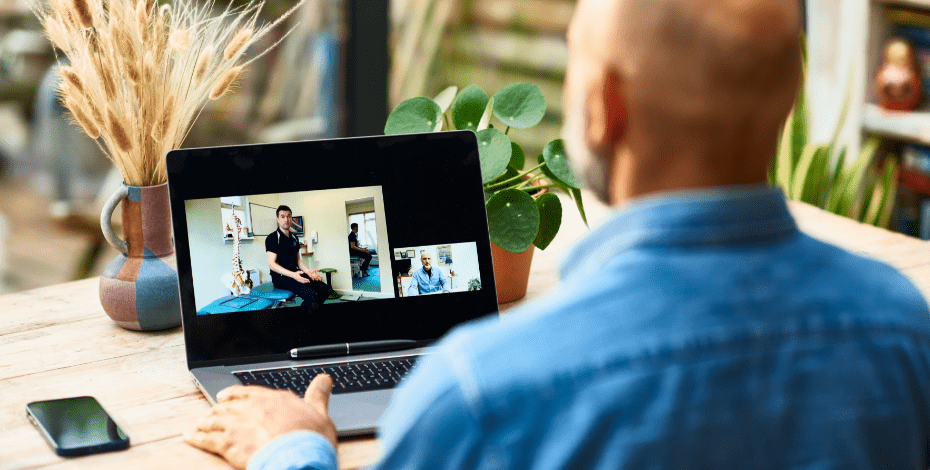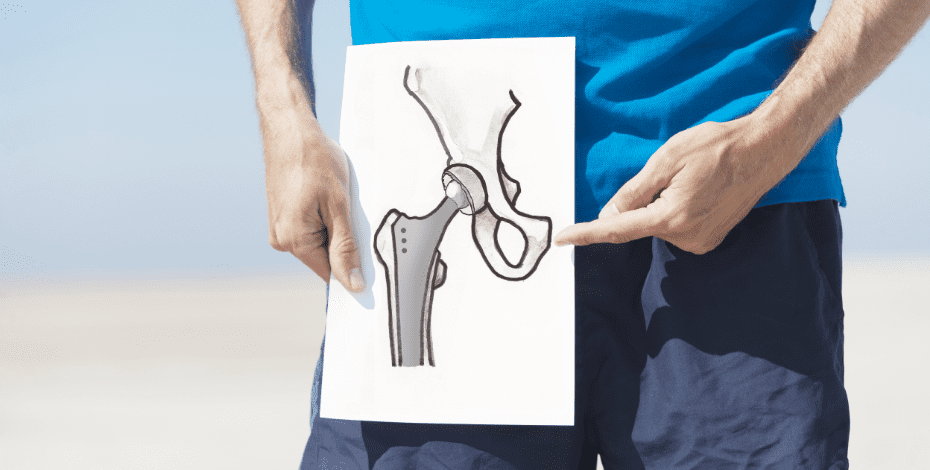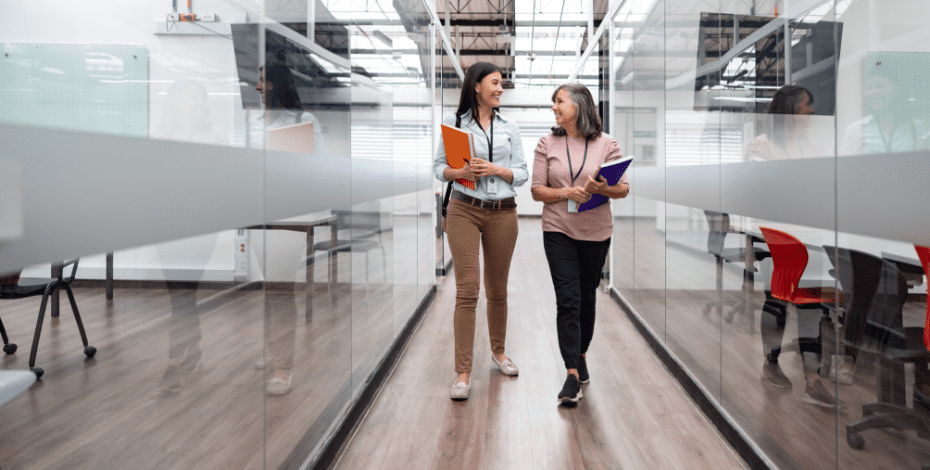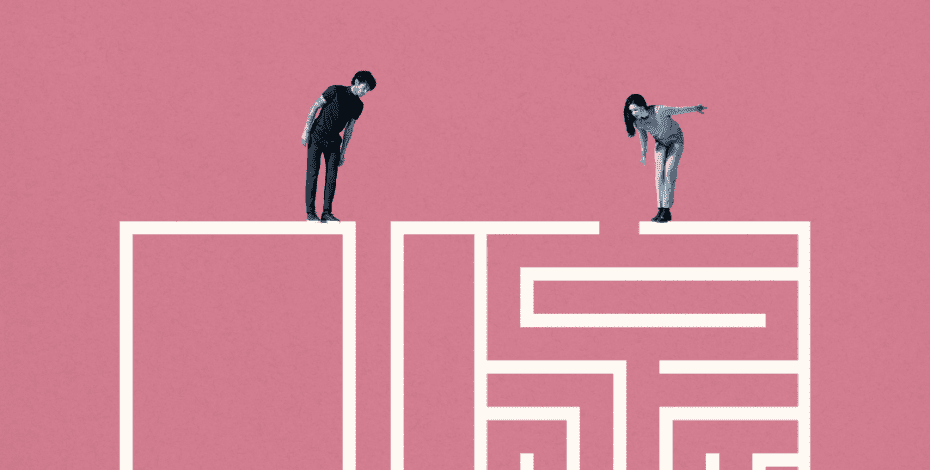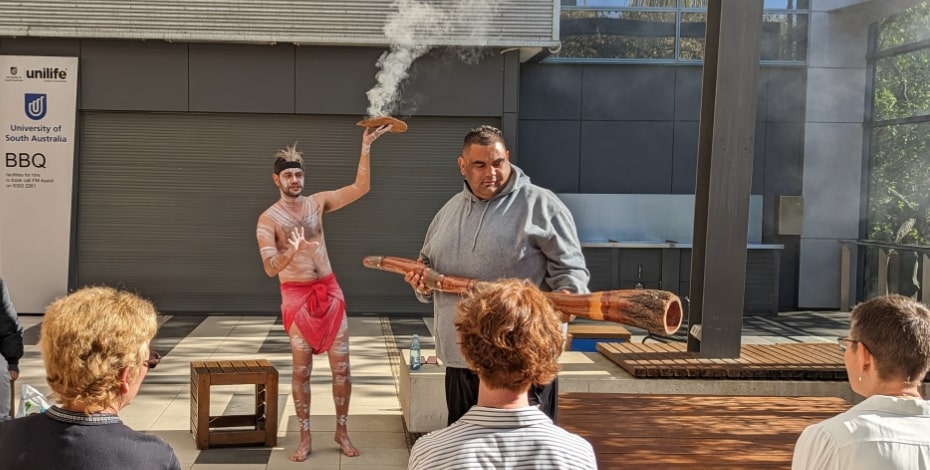
An experience of Country

How do you say thank you to two physiotherapists who have been visiting Australia for more than 20 years to teach local clinicians skills in vestibular rehabilitation? For Alexander Ring, the answer was to give them an authentic and uniquely Australian experience of Aboriginal culture.
Last year, internationally renowned vestibular physiotherapist Dr Susan Herdman and vestibular audiologist Dr Neil Shepard visited Australia to present the APA’s vestibular rehabilitation competency courses for the last time before they headed into retirement.
The courses were pioneered 25 years ago by Susan, a professor of rehabilitation medicine at Emory University (Atlanta, USA), and Neil, from Mayo Clinic (Rochester, USA), and the pair have been coming to Australia as presenters for the vestibular courses for two decades, with the most recent course in 2023 held at the University of South Australia in Adelaide.
As one of their early students and a co-presenter on the course, Alexander Ring APAM wanted to personally do something special to thank Susan and Neil for their contribution over the years.
‘They have put so much effort into teaching—95 per cent of the physios with vestibular experience in Australia were taught by this group.
‘If we didn’t do something to show our gratitude, it wouldn’t feel right considering it was their last teaching trip here,’ Alexander says.
‘It was my way of honouring these two senior clinicians because they have been my mentors from 30 years ago, when I started my journey in vestibular rehabilitation, and I’ve been part of their teaching faculty for the past 20 years.
‘While there are different ways of honouring them Western style, the Australian Aboriginal culture has always had unique ways of acknowledging and honouring their Elders and so I thought I would try to tap into that and that’s where it all started.’
He reached out to then chair of the APA’s Aboriginal and Torres Strait Islander Health Committee Kathryn Potter APAM for her input and Kathryn suggested that he get in contact with local Aboriginal Elders in South Australia to see what they could offer.
After some discussion with Kuma Kaaru, an Adelaide-based Aboriginal organisation offering cultural experiences and events about the place, so that’s what I asked the Elders for and they were very happy to do that,’ says Alexander.
‘They wanted to know the story behind Susan and Neil and we had a bit of a yarning session before they came up with the idea of what we needed to do.’
The smoking ceremony and Welcome to Country were performed by Kuma Kaaru dancer Robert Taylor, a Narungga and Ngarrindjeri man, and his nephew.
The Aboriginal performers explained the cultural significance of smoking ceremonies as a means of cleansing in preparation for a new start and how they could be used as a gesture of goodwill and for bringing people together.
The ceremony itself was conducted by setting light to natural flora.
Once the initial flame was extinguished, a smouldering and smoking stem was left, creating a cleansing smoke.
‘They took us back in time—describing what the place would have looked like 500, 600 years ago—and then forward again to what it currently looks like, including the names.
‘Robert was very skilled at playing and storytelling with the yidaki or didgeridoo—he could make you hear a kangaroo hopping or a bird swooping.
‘It was really good,’ Alexander says.
He says Susan and Neil were delighted by the experience.
‘They were very touched by the stories and by the amount of effort that Robert put in.
‘I don’t think they’ve experienced something like that in the US,’ he says.
‘Our main focus was to honour Susan and Neil by giving them an experience of Country that you can’t get anywhere else in the world.’
If you’re looking for ways to engage with Aboriginal and Torres Strait Islander culture for an event or to improve cultural awareness at your workplace, a good starting point is to contact the local Aboriginal organisation or cultural centre, which can put you in touch with Elders and others who provide Welcome to Country services and can suggest other ways to engage with local culture and traditions.
And don’t forget that the APA’s Aboriginal and Torres Strait Islander Health Committee has a Facebook group, allowing members to share and discuss information relevant to Aboriginal and Torres Strait Islander health and physiotherapy.
For more information visit the Aboriginal and Torres Strait Islander Hub on the APA website.
COURSE OF INTEREST
Australian Physiotherapy Council’s cultural safety training for physiotherapists
© Copyright 2024 by Australian Physiotherapy Association. All rights reserved.

